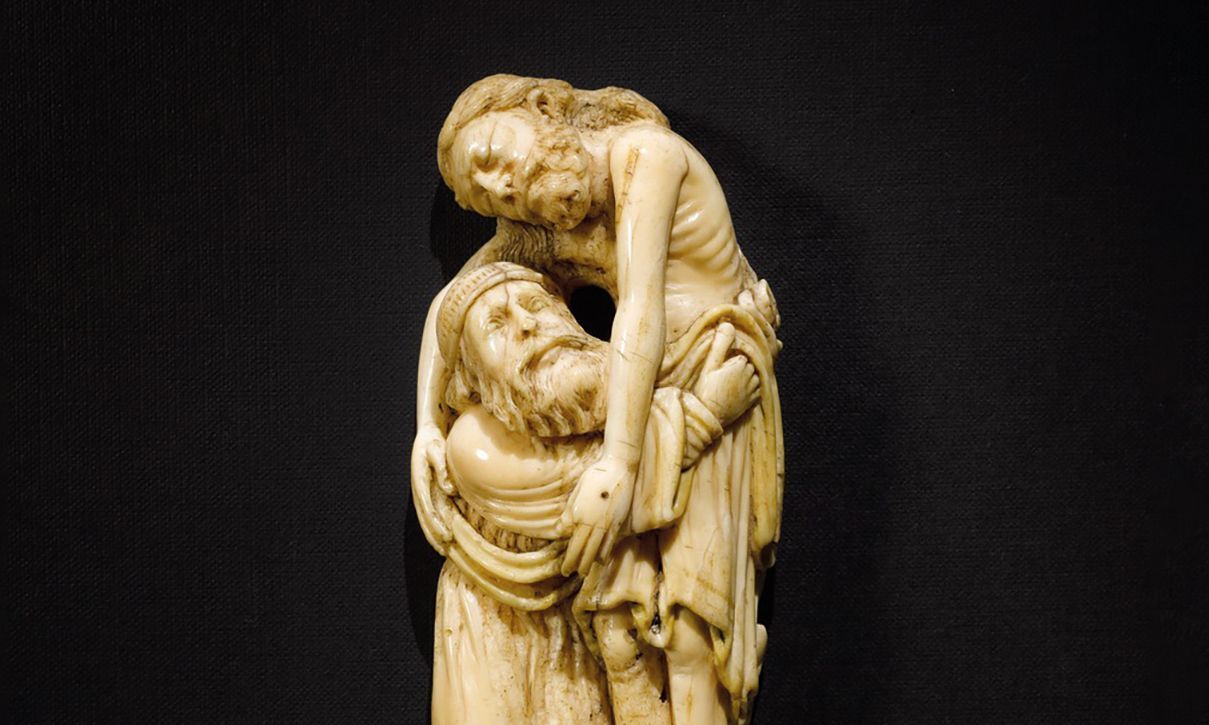Deposition from the Cross (around 1190-1200) will go on display at the V&A in September
Photo: © Department for Culture, Media and Sport
London’s Victoria and Albert Museum (V&A) has outmanoeuvred New York’s Metropolitan Museum of Art to buy a medieval ivory sculpture depicting Christ being brought down from the cross. It paid just over £2m for the work, which is equivalent to the $2.5m that had been offered by the Met.
The purchase was completed after the Romanesque carving, titled Deposition from the Cross and dating from 1190 to 1200, was subject to an export licence deferral by the UK authorities last November. This gave the V&A the opportunity to match the price. The export reviewing committee, which advises the government, had described the sculpture as “one of the most culturally and aesthetically significant objects” that it had dealt with in the past five years.
The V&A successfully raised the money, assisted with a £700,000 grant from the government-backed National Heritage Memorial Fund and £350,000 from the Art Fund, a UK charity that assists with museum purchases. Support was also provided by the Headley Trust (established by Timothy Sainsbury of the Sainsbury family), while the museum also used money from its own sources.
Made from walrus ivory, the 18cm-high Deposition was probably part of a large sculpted altarpiece of the Passion (the death of Christ). Another smaller fragment, depicting Judas at the Last Supper, is already at the V&A, having been donated in 1949.
The remainder of the altarpiece, which was most likely to have been made in York, has been lost. It was probably dismembered during the Reformation in the 16th century.
Tristram Hunt, the director of the V&A, says that in this “sublime carving is captured a lost story of Christian culture, Romanesque design and medieval craftsmanship”.
Nothing is known of the Deposition’s pre-20th century provenance. The sculpture was acquired, possibly in the 1930s, by John and Gertrude Hunt, who were London-based antiquarian collectors and dealers. It was on long-term loan to the V&A until 2022, when it was withdrawn by their heirs to sell. The provisional sale to the Met was negotiated privately by Sotheby’s, but that was dependent on an export licence being granted.
Light conservation is now being conducted on the Deposition and it will go on display in September. It will be shown alongside the Judas fragment, in the V&A’s Medieval and Renaissance galleries.

